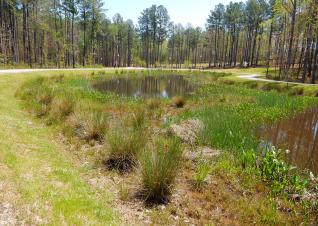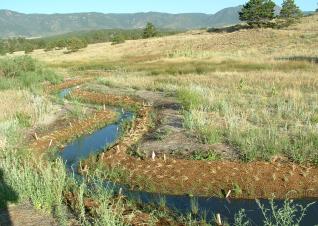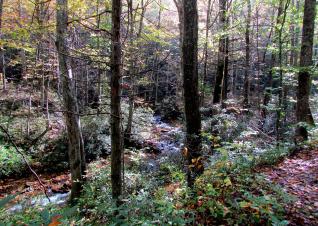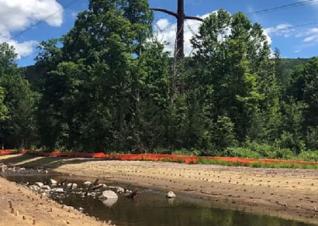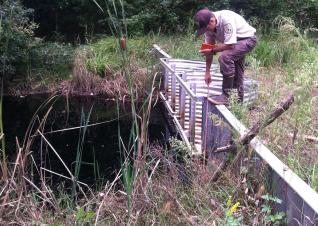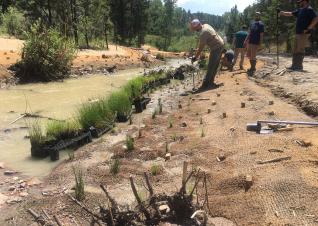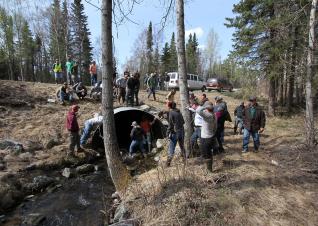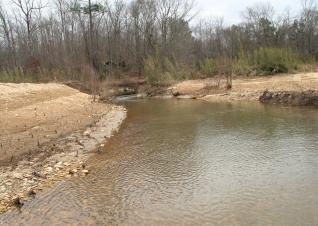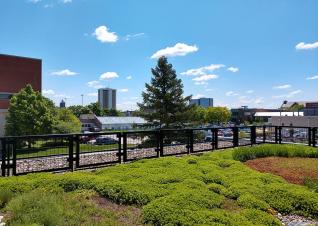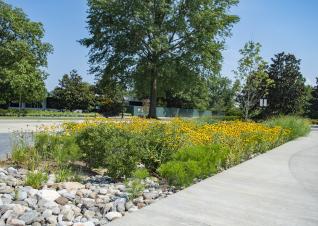Built wetlands, also known as constructed, artificial, or treatment wetlands, are water treatment systems built with wetland soils and vegetation to mimic the ecological and biophysical processes that improve water quality in natural wetlands.
Nature-Based Solutions Strategy Search
Other searches:
Find case studies →
Find tools and resources →
A floodplain is a low-lying area directly adjacent to a waterbody and partially or fully flooded during high-water events.
Forests provide food, fuel, oxygen, clean water, erosion control, and health benefits to people.
Nontidal wetland restoration is the rehabilitation of a degraded wetland so that its hydrology, vegetation, and ecological processes approximate, to the extent possible, the original natural condition prior to modification.
Peatlands are a type of inland wetland where waterlogged soils prevent plant material from fully decomposing. There are two types of peatlands: tropical peatlands, characterized by high precipitation and temperature, and northern peatlands, which are interspersed among boreal forests and coastal areas.
Riparian buffers are vegetated areas adjacent to an inland waterbody that are managed to protect the waterbody from the impacts of surrounding land uses.
A riverine system is a watershed-scale network of integrated aquatic habitats and hydrological processes.
A stream, also known as a branch, creek, run, or brook, is a continuous surface flow of freshwater within a channel that is smaller than a river. Headwater streams can originate from groundwater (springs), runoff, or a wetland.
Urban greening is a general term used to describe efforts to renature urban areas by installing various types of green infrastructure.
Strategies for urban stormwater and runoff management such as rain gardens, stormwater parks, permeable pavement, and bioswales are intended to reduce these issues by promoting water retention, infiltration, and evapotranspiration instead of runoff.

